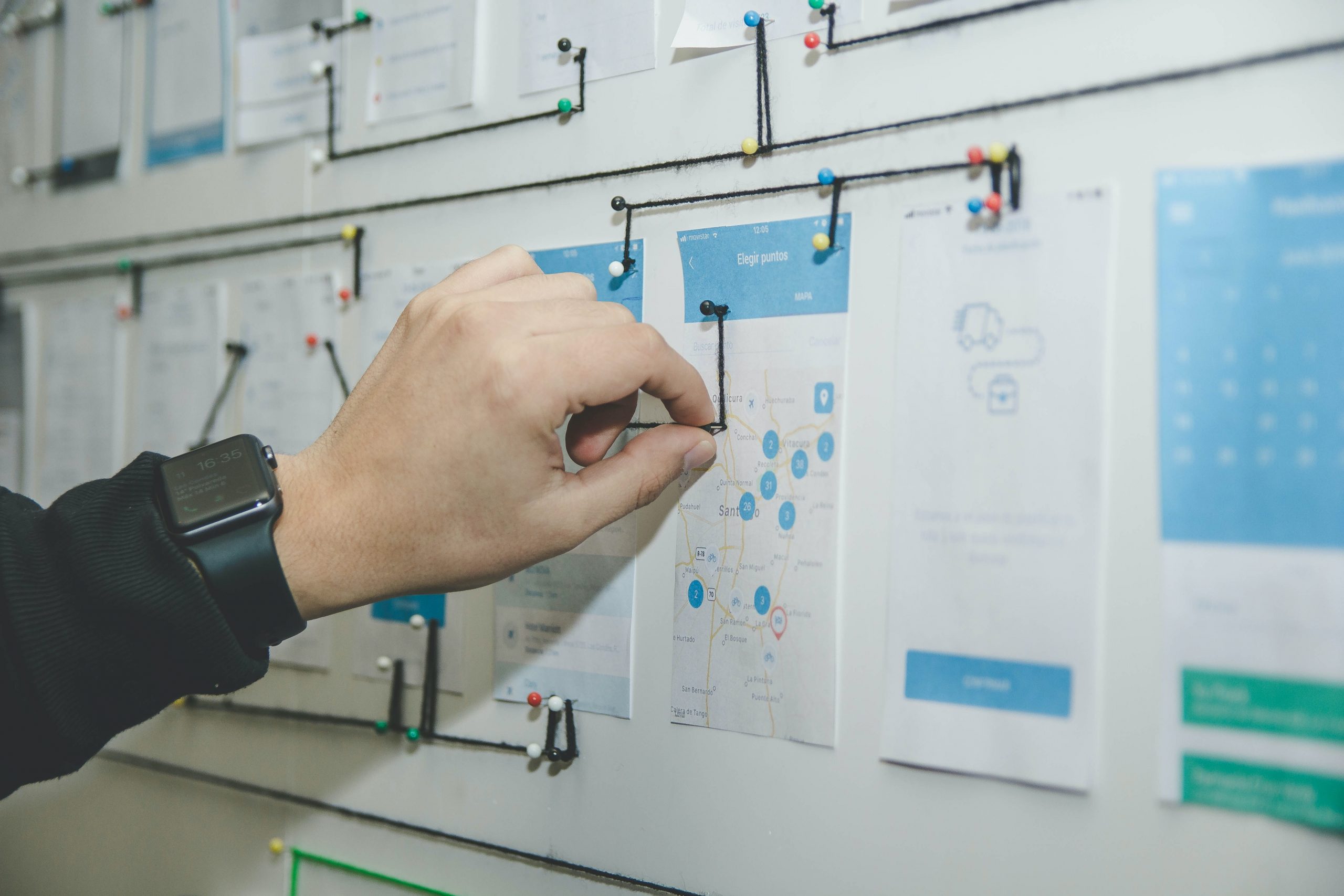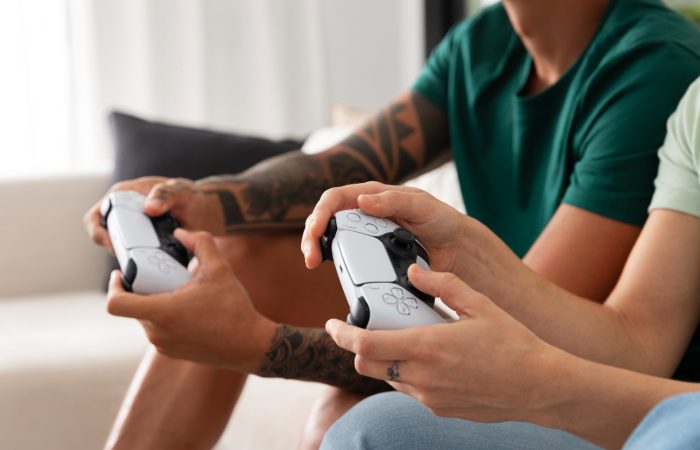Are you looking to create a boat site that not only looks great but also ranks high on Google? If so, you’ve come to the right place! In this blog post, we’ll explore the best practices for web design and programming to create an outstanding boat website that sails through the competition. Plus, we’ll share a great site for buying and selling boats – ZeBoats.
Table of Contents
- Responsive Web Design
- High-Quality Images and Videos
- Navigation and User Experience
- SEO Best Practices
- Harnessing the Power of Social Media
1. Responsive Web Design
A responsive web design ensures your boat site looks great on any device – be it a smartphone, tablet, or desktop. With mobile-first indexing now the standard for Google, it’s crucial to make sure your website is mobile-friendly.
- Use a mobile-first approach when designing your boat site
- Implement fluid grids and flexible images to ensure your site adjusts to different screen sizes
- Don’t forget to test your site on multiple devices to ensure a seamless user experience
2. High-Quality Images and Videos
Boats are all about the visual appeal, and your website should be too! High-quality images and videos can make a world of difference in capturing the attention of potential buyers and sellers.
- Invest in professional photography for showcasing boats
- Use high-resolution images and optimize them for faster loading times
- Incorporate video content to provide a more immersive experience for users
3. Navigation and User Experience
A well-designed boat site should be easy to navigate, helping users find what they’re looking for with minimal effort.
- Create a clear, intuitive navigation menu to guide users through your site
- Make sure your call-to-action buttons stand out and are easy to find
- Utilize breadcrumbs for easy navigation between pages and categories
4. SEO Best Practices
Implementing SEO best practices is essential for ensuring your boat site ranks high on Google and attracts organic traffic.
- Conduct keyword research to identify high-volume keywords relevant to your niche
- Optimize your title tags, meta descriptions, and header tags with relevant keywords
- Create unique, engaging content that provides value to your users and naturally incorporates your target keywords
5. Harnessing the Power of Social Media
Social media can be a powerful tool for driving traffic to your boat site, boosting brand awareness, and engaging with potential customers.
- Establish a strong presence on popular social media platforms like Facebook, Instagram, and Twitter
- Share eye-catching images and videos of boats to engage your audience
- Use hashtags to increase the visibility of your posts and reach a wider audience
Additional Tips for a Successful Boat Site
Now that we’ve covered the basics, let’s dive deeper into more advanced strategies for taking your boat site to the next level.
6. Personalization and User Engagement
Personalization can significantly improve the user experience on your boat site, leading to higher engagement and conversion rates.
- Implement personalized content recommendations based on users’ browsing history and preferences
- Use chatbots or live chat support to provide instant assistance and enhance user engagement
- Offer customized search options to help users quickly find the boats that meet their specific criteria
7. Security and Privacy
In the age of data breaches and privacy concerns, ensuring your boat site is secure and trustworthy is more important than ever.
- Acquire an SSL certificate to encrypt data transmission and establish trust with users
- Keep your software and plugins up to date to protect against security vulnerabilities
- Clearly communicate your privacy policy and adhere to data protection regulations like GDPR
8. Performance Optimization
A fast-loading boat site is essential for maintaining user engagement and improving search engine rankings.
- Utilize website caching to store and quickly serve frequently accessed content
- Optimize image and video file sizes to reduce loading times
- Implement a content delivery network (CDN) to serve content faster to users worldwide
9. Analytics and Conversion Tracking
Monitoring your boat site’s performance and user behavior is crucial for making data-driven decisions and improvements.
- Use tools like Google Analytics to track key performance indicators (KPIs) and user behavior
- Set up conversion tracking to measure the effectiveness of your marketing efforts and identify areas for improvement
- Conduct A/B testing to optimize your site’s design and content for better user engagement and conversions
10. Building a Community
A strong online community can foster loyalty, increase brand awareness, and encourage repeat business.
- Create a forum or discussion board for users to share experiences, ask questions, and exchange advice about boats
- Encourage users to leave reviews and testimonials to build trust and credibility
- Organize events or meetups for boat enthusiasts to network and share their passion in person
Conclusion
Developing a successful boat site requires a comprehensive approach that addresses design, programming, user experience, SEO, security, and community building. By implementing these advanced strategies, you can create a boat site that not only ranks high on Google but also drives user engagement and conversions.
Remember to use ZeBoats as a prime example of a well-designed and optimized boat site. Wishing you smooth sailing as you embark on your boat site creation journey!



